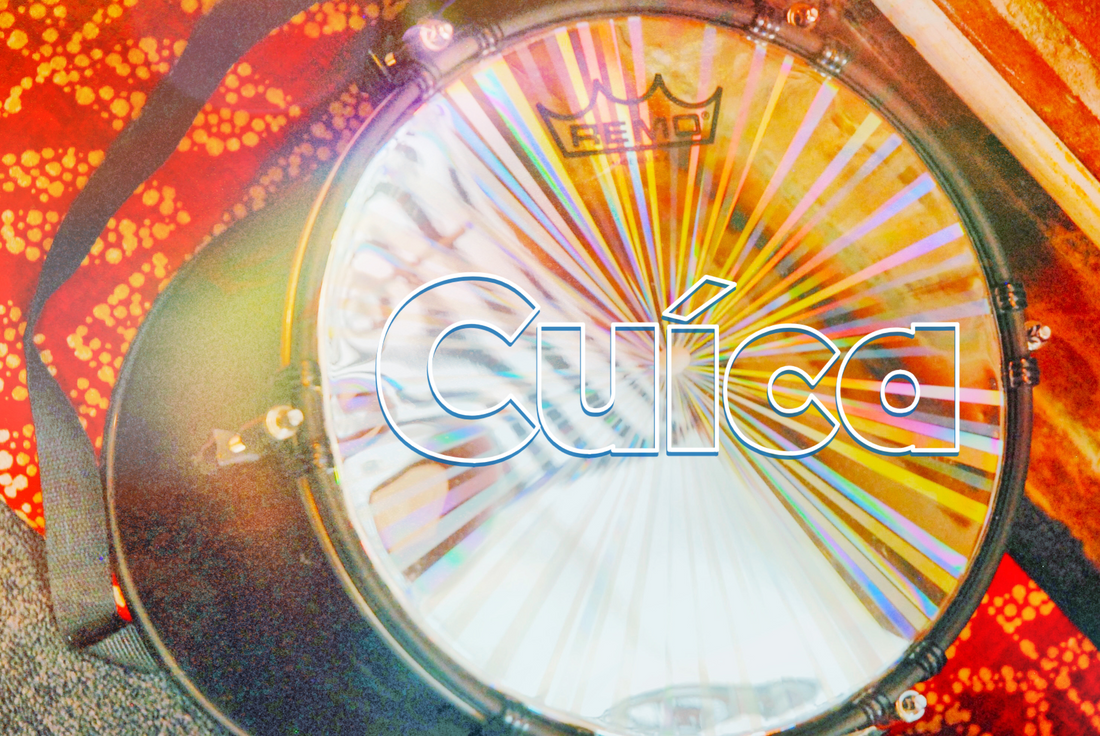The Brazilian cuíca (pronounced "ku-WEE-ka") has one of the most interesting sounds of all drums, with tonal qualities evocative of monkeys calling across a forest, laughter, or perhaps even the call of a lioness. Some people refer to it as a "monkey drum" or "laughing gourd" for this reason. However, the word cuíca itself is Portuguese for a type of opossum which makes a high-pitched squeaking sound.
When you think of percussion, squeaky sounds that you might get from rubbing a plastic straw through the lid of a cup aren't what generally come to mind, but that's just one of many wonderful and strange sounds you can get with this friction drum. You might wonder how such sounds can be produced from a drum that looks much like any other, and the answer is simpler than you might think...
There is a stick that is bound to the center of the drum head, which is manipulated from the inside of the drum. Typically, cuíca players hold a damp cloth on the inside of the drum and rub the cloth against the stick. Meanwhile, the outer hand rests on the skin of the drum head to brace the instrument against the body and to hold pressure near the point where the stick attaches to the head.
Using different pressure and fingers can change the pitch and timbre of the sound produced by the cuíca. This allows the player to fine-tune their playing, resulting in an almost vocal quality to the instrument's sound (example here). For more examples of the cuíca being played, check out any of the following videos:
- Fabiano Salek ensemble demo
- Fritz Escovão accompanying a song with a solo
- Brazilian instruments played by François Sever
- Cuíca documentary (in Portuguese)
- Groove demonstration with sheet music (Portuguese with captions)
The cuíca drum is most popular in samba music and at carnivals, but the exact origin of the instrument is disputed. There are a number of instruments found around the globe which are similar in structure (such as sarronca and zambomba). Different sources trace the cuíca to Spain, Muslim traders, and Bantu slaves. Most seem to agree that the drum originated in Africa in a larger form, with a sound similar to the roar of the female lioness, making it a useful tool for luring male lions (more history here). The instrument was introduced to Brazil by African slaves, where it found its place in samba music.
To view our online collection of cuícas, click here

